China University of Labor Relations
China Institute of Industrial
Relations (China University of Labor Relations) All China Federation of
trade unions Ordinary Institutions of higher learning It is
jointly built by the all China Federation of trade unions and the Ministry of
education.
The predecessor of China Institute of Industrial Relations was the Administrative Cadre School of Shanxi Cha Cha Ji borough separated from North China United University in April 1946. In early 1949, the school moved to Tianjin and renamed the North China staff cadre school. In September 1949, it was renamed as the all China Federation of trade union cadre school. Comrade Li Lisan, vice chairman of the National Federation of trade unions, served as the first president. In August 1954, the school moved from Tianjin to Beijing. In September 1984, the all China Federation of trade union cadre school was officially transformed into the China Institute of labor and transportation. In May 2003, the reform of China Institute of labor and transportation was upgraded to an ordinary undergraduate college and was renamed China Institute of Industrial Relations.
By the end of 2018, schools in Haidian District, Beijing and Hebei Zhuozhou Two campuses, 15 teaching departments (departments), 17 general undergraduate courses, and 300 full-time teachers. As of June 2019, there were 6377 full-time students in schools.
Historical evolution
In July 1949, the all China Federation of trade unions held a national working conference, and the conference recommended that the chief executive run the "Labour Movement Cadre School".
In late September 1949, according to Liu Shaoqi (instructions from the Secretariat of the CPC Central Committee and the honorary chairman of the General Assembly), the General Assembly decided to transform the North China staff cadre school into the all China Federation of trade union cadre school and train the president of the trade union throughout the country. At the same time, it was decided that Li Lisan, vice president of the general assembly, was also president of the school. The site was 26 Jiujiang Road, Tianjin, the site of the former North China staff cadre school.
In November 1, 1949, the chief executive held the first school meeting. The conference adopted the regulations of school organization, and established the organizational structure, the scope of responsibility, the principles of leadership and the working system of the school.
In November 8, 1949, the first general class of the chief cadre school held the opening ceremony. The vice president Li Lisan and the chief executive attended the ceremony. The first phase of the general class consisted of a total of 674 students from local industrial unions and industrial unions from all major industrial cities in the country. The first half of the students graduated in May 15, 1950 after half a year's study.
In December 24, 1949, the Soviet Union expert Hof, Markoff and Golekin hired the whole nation to school.
In July 7, 1950, the second regular class was opened, and the Soviet Union's experts and the relevant departments of the whole department were responsible for teaching.
In December 11, 1950, the labor insurance training class starts, vice president of the whole. Zhu Xue fan Attend the opening ceremony of the training class.
In February 20, 1951, the training class of trade union culture and education Cadres began, with a total of 375 students, and graduated in March 24th of the same year.
In April 24, 1951, in the third quarter, the training class of ordinary class and trade union cadre was opened at the same time. President Li Lisan attended the opening ceremony and delivered a speech.
In July 24, 1952, the general Party group asked Liu Shaoji to build a total cadre school building which could accommodate 1500 students in Beijing. In August 20th, Liu Shaoji gave instructions to the above general Party group's request and agreed to build a general cadre school building in Beijing.
In August 22, 1952, Bo Yibo made instructions in accordance with Liu Shaoji's approval and agreed to build a new school building in Beijing. Since then, the school has begun to purchase land in Beijing's Fucheng Gate Garden Village and to build school buildings.
In July 2, 1954, after the thirty-eighth meeting of the General Secretariat, he appointed Di Zi as the principal of the school.
In July 26, 1954, the school began to move from Tianjin to Beijing. In August 11th, the school staff officially worked in the new school building in Beijing.
In January 1957, Mao Zedong Chairman and Deng Xiaoping The general secretary met with the seventh regular class graduates and the staff of the whole school in Zhongnanhai.
In July 23, 1964, President Mao Zedong and Zhou Enlai Premier Zhu De The chairman and other leaders of the party and the state took part in a group photo of all the trainees and some staff members in the training hall of the county trade union in the Great Hall of the people.
In June 1966, due to " The Great Proletarian Cultural Revolution The school is closed.
In November 10, 1978, the general Party group applied to the central government to restore the chief cadre school.
In November 12, 1978, the central government agreed to resume the chief cadre school.
In June 21, 1983, the Party committee of the general Party applied to the Central Secretariat for the establishment of a three year college course in the chief cadre school. The Central Secretariat agreed.
August 13, 1984, Jing Yuan State Education Commission For approval, the all China Federation of trade union cadre school has been officially transformed into the China Institute of labor and transport. Chen Yun, the Standing Committee of the Political Bureau of the CPC Central Committee and the first Secretary of the Central Commission for Discipline Inspection, wrote the name of the "China Mobile Institute" for the school.
On the morning of September 5, 1984, the school held a celebration of the founding of the 35th anniversary school and the chief cadre school.
In October 20, 1984, the Secretariat of the General Secretariat decided that from 1985, the rotation Department of our institute was changed to the Ministry of further education, and the rotation training class was changed to a trade union leading cadre training class, which is responsible for training the provincial, municipal, district and local trade union's vice chairmen, ministers, the large and backbone enterprises, the vice chairman and the chairman of the large county trade union.
In 1985, 85 trade union majors and labor protection majors began. With the consent of the Ministry of education, the two professions are included in the national adult higher education enrollment plan in 1985, and the college has unified enrollment in the national trade union system.
In September 14, 1985, the twenty-fourth meeting of the president's office decided to cancel the training department, set up the Department of trade union and the Department of labor protection.
In April 29, 1986, with the approval of the State Education Commission, the school's history of labor movement and labor law began to recruit students in 1986.
In January 12, 1987, the State Press and Publication Administration approved the publication of China Journal of labor and transport (Ji Kan). It was officially launched in March. Chairman of the Standing Committee of the National People's Congress later chaired the People's Congress An inscription for the journal. In 1989, the journal changed to bimonthly.
In 1992, with the approval of the former State Education Commission, the college recruited the adult labor model students for the whole country. In September 1992, it recruited the first phase of the cadets, a total of 48 people, including the national labor model, the "51" medal winners, the "38" red flag setters, the new Long March Raiders, and the provincial and ministerial level labor models and advanced workers.
Trial run since 1997 Adult college Correspondence course.
1999, by the state Ministry of Education And the Beijing Municipal Education Commission approved the establishment of general higher vocational education.
In May 2003, approved by the Ministry of education, the college was transformed from an adult college into an undergraduate institution, and was renamed China Institute of Industrial Relations. In the same year, the college recruited 200 undergraduate students in four Undergraduate Disciplines: Law, business administration, labor and social security and social work.
In 2012, the Ministry of Education approved the Institute to launch a pilot program for training postgraduate students in the master degree awarding unit to serve the national special needs talents training program. The college officially started in 2013. MPA The recruitment and training of master degree in Public Administration (direction of labor relations) and direction of trade union work.
In April 2019, China Institute of Industrial Relations labor model Institute was established.
http://www.culr.edu.cn/
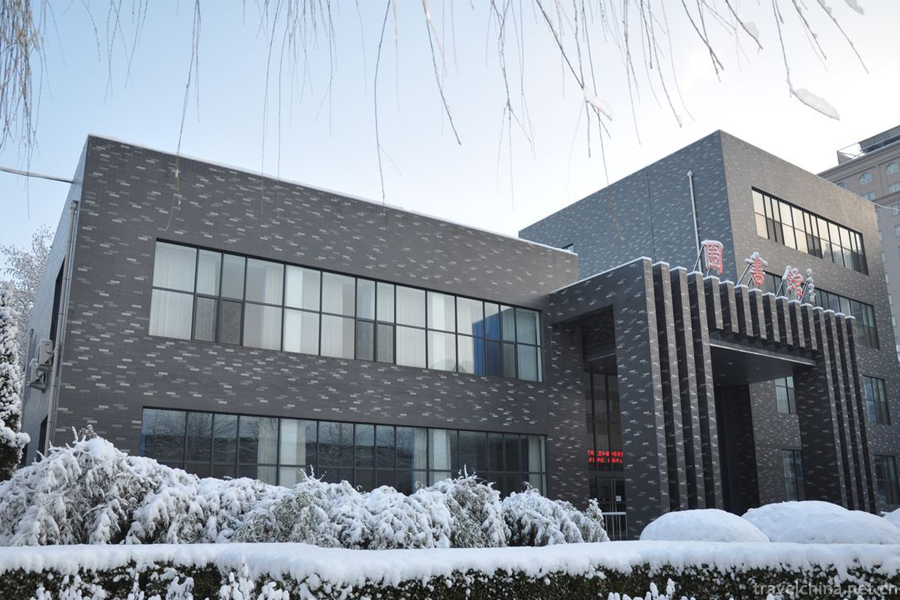
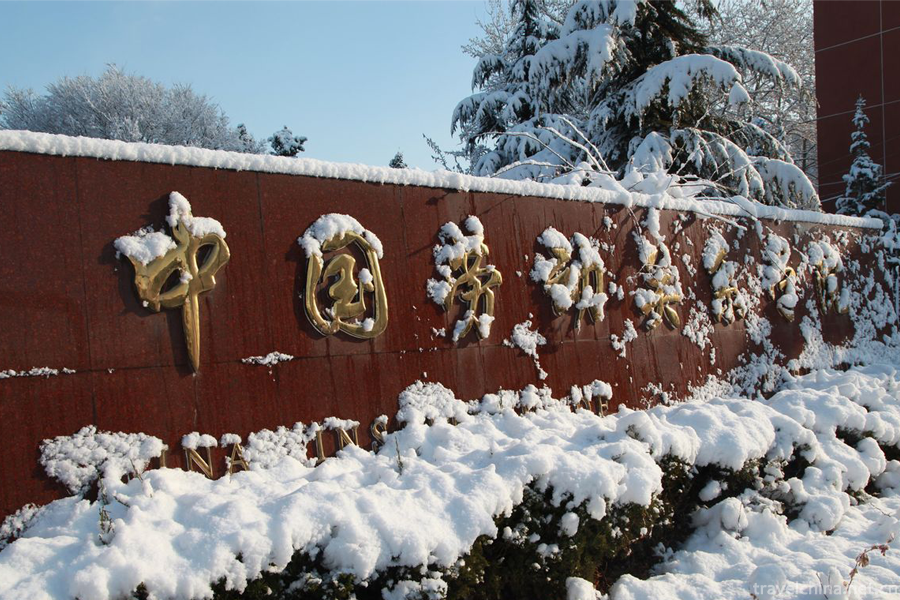
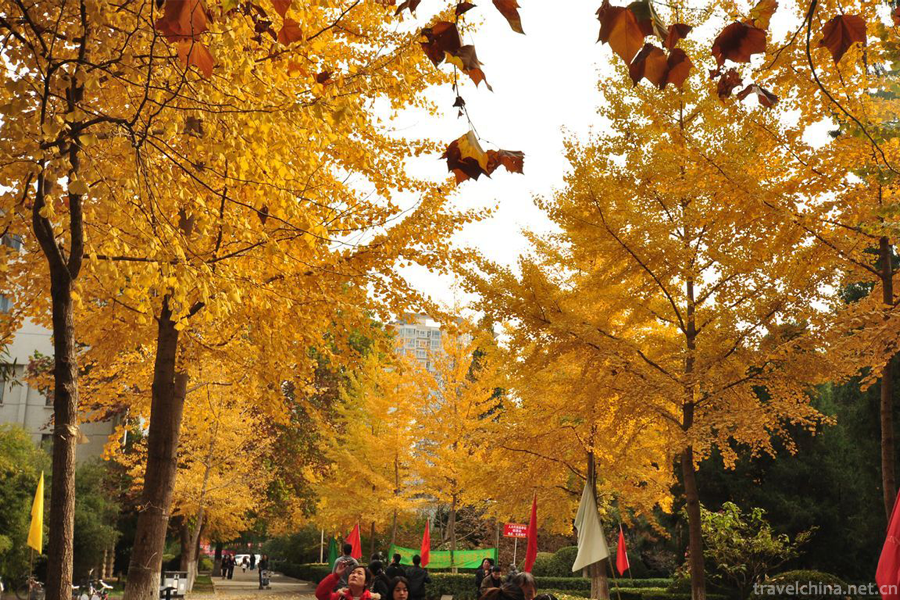
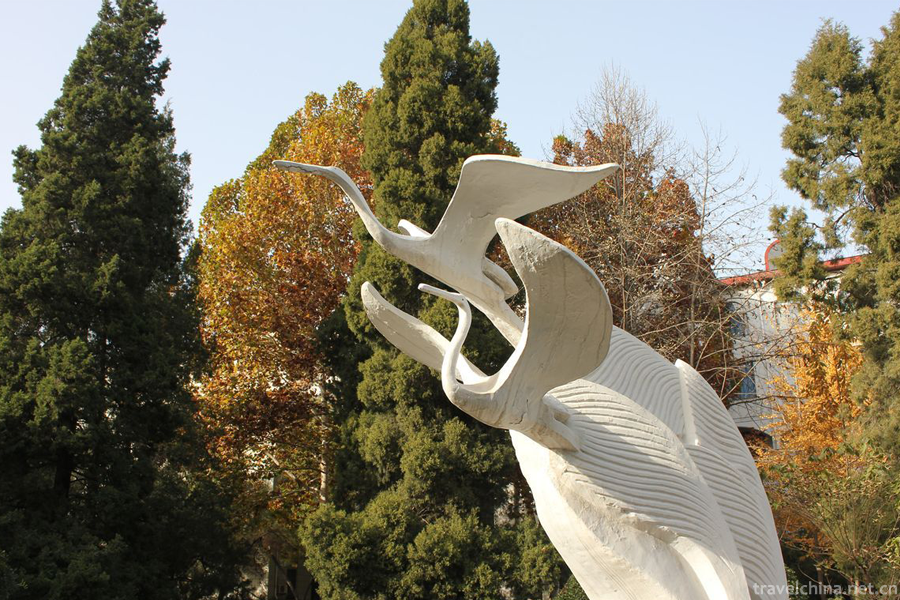
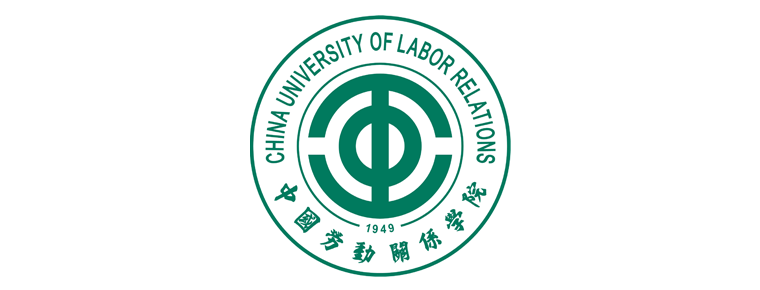
-
1.Limutai Natural Scenic Area
Limutai Natural Scenic Spot is located at the northernmost end of Tianjin, known as "Tianjin Arctic". In the scenic area, the peak forest and canyon are strong and dangerous
Time 2019-01-29 -
2.Maoling Museum
Maoling Museum is located on the Wuling Platform between Xianyang and Xingping in Shaanxi Province, about 40 kilometers away from Xi'an. It is a Museum of Dynastic History of the Western Han Dynasty
Time 2019-02-07 -
3.Changying Century City
Changying Century City, located in Nanguan District, Changchun City, Jilin Province, was founded in 2003. It is a comprehensive tourist area integrating science and technology, adventure, performing a
Time 2019-03-17 -
4.Zhoucun Ancient Mall
Zhoucun Ancient Mall, also known as Street, is located in Zhoucun District, Zibo City, Shandong Province. The main road of Shandong Province, Jiqing Expressway
Time 2019-03-20 -
5.Cangzhou Wushu
Cangzhou people have been known for their simplicity, integrity, diligence and bravery since ancient times. Because of the relationship between geography and historical conditions
Time 2019-04-04 -
6.play and sing at the same time
To play and sing is to accompany with instruments and sing by oneself. Generally, guitar, piano and so on. In China, there are also folk instruments such as three strings and pipa.
Time 2019-04-25 -
7.Restoration Techniques of Ancient Ceramics
Ancient ceramic restoration technology is a special artistic creation of comprehensive modeling, sculpture, color, calligraphy, painting, chemical industry, etc. Ancient Ceramics Restoration must be c
Time 2019-05-01 -
8.Huai Bang
Huai Bang (also known as Huai Diao, commonly known as Huai Qing Bangzi, Lao Huai Bang, Xiao Bang Opera and Xiao Ban Opera), is one of the traditional local operas in Henan Province and one of the nati
Time 2019-05-04 -
9.Yulin Xiaoqu
The lyrics of Yulin Xiaoqu are integrated with elegance and vulgarity. In terms of language style and structure, there are not only words used by ordinary scholars, but also local dialects and dialect
Time 2019-07-14 -
10.Honorary title of Mianyang
National system to promote comprehensive innovation reform pilot area
Time 2020-12-14 -
11.History and culture of Yibin
Yibin has 34 world-class, national and provincial scenic spots and 58 national and provincial key cultural relics protection units. Among them, there are seven cave cliff tombs (Eastern Han Dynasty), Jiuzhou tower (Song Dynasty), Daguanlou (Qing Dynasty), etc.
Time 2020-12-18